Starting off with the functions, here's what it can do:
> Has an appealing GUI to make navigating with 5 buttons easily, and to save the OLEDs from burnout and increase the battery lifespan, it can go into light sleep automatically for a certain amount of seconds (only in GUI and time function)
> GPS function (shows you your coordinates, speed and altitude, the GPS time and date, and measuring the distance from point A to point B, as well as cardinal directions.)
> Main time/date function, along with the ability to sync up time with the GPS and or External RTC(coming soon) to the Esp32's internal RTC.
> Health functionality: Heartrate detection (uses an external sensor, see the pic of how it's used), and a pedometer for calculating the steps you took.
> Games: can play Tetris and pong for added entertainment.
> Utility function: Has a stopwatch that also has a way to keep laps of time as well as an adjustable countdown timer.
> Misc functions: A visual on seeing how the mpu6050 operates, and the temperature function that uses the small dht11 sensor.
> Networking: has a wifi scanning functionality (though you will need to restart it every time you're done)
> Settings: You can adjust the CPU clock cycle, adjust the sleep time, enable/diable wifi, and/or even turn off the second OLED to make the watch run smoothly!
 David Truong
David Truong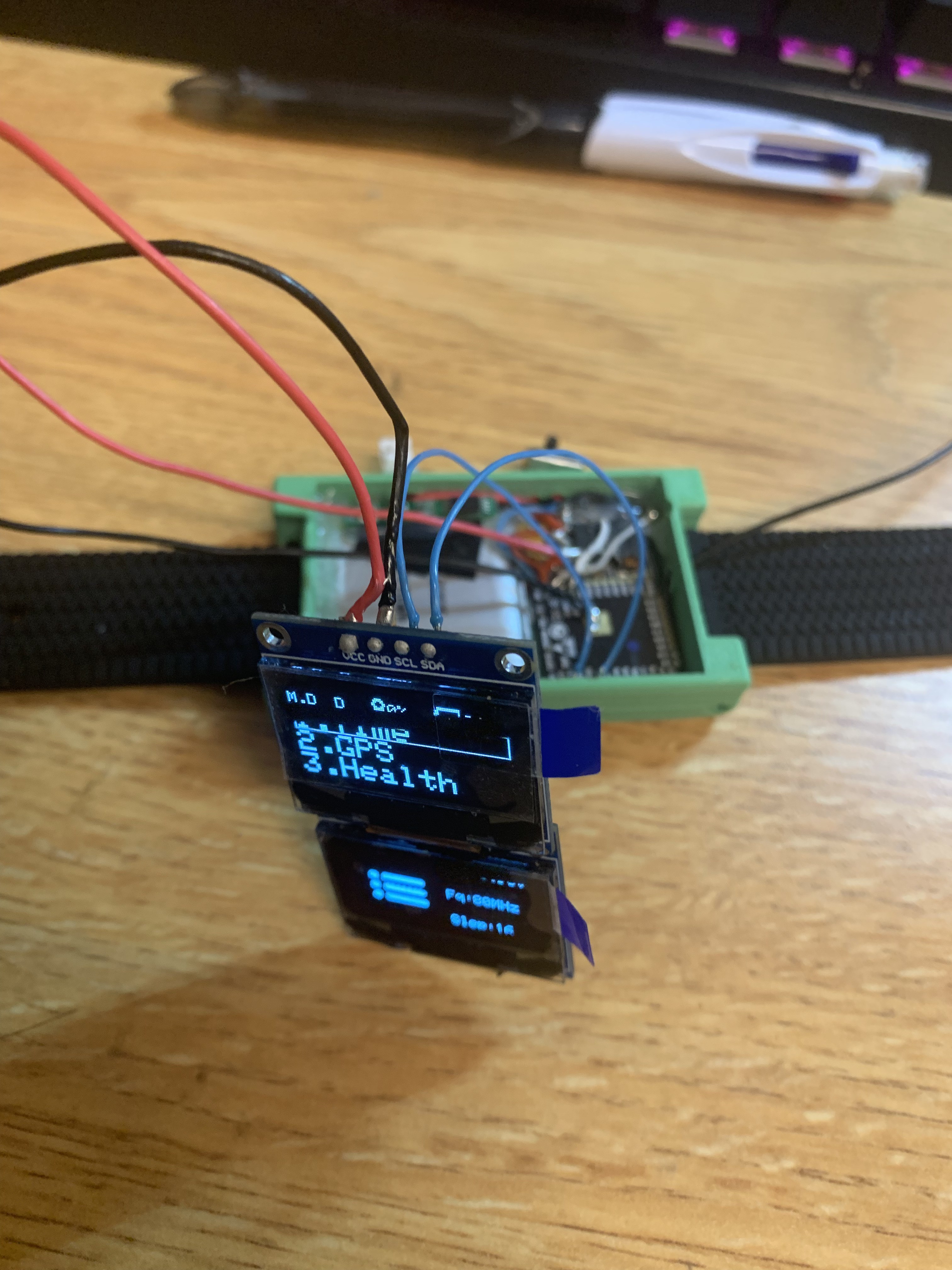
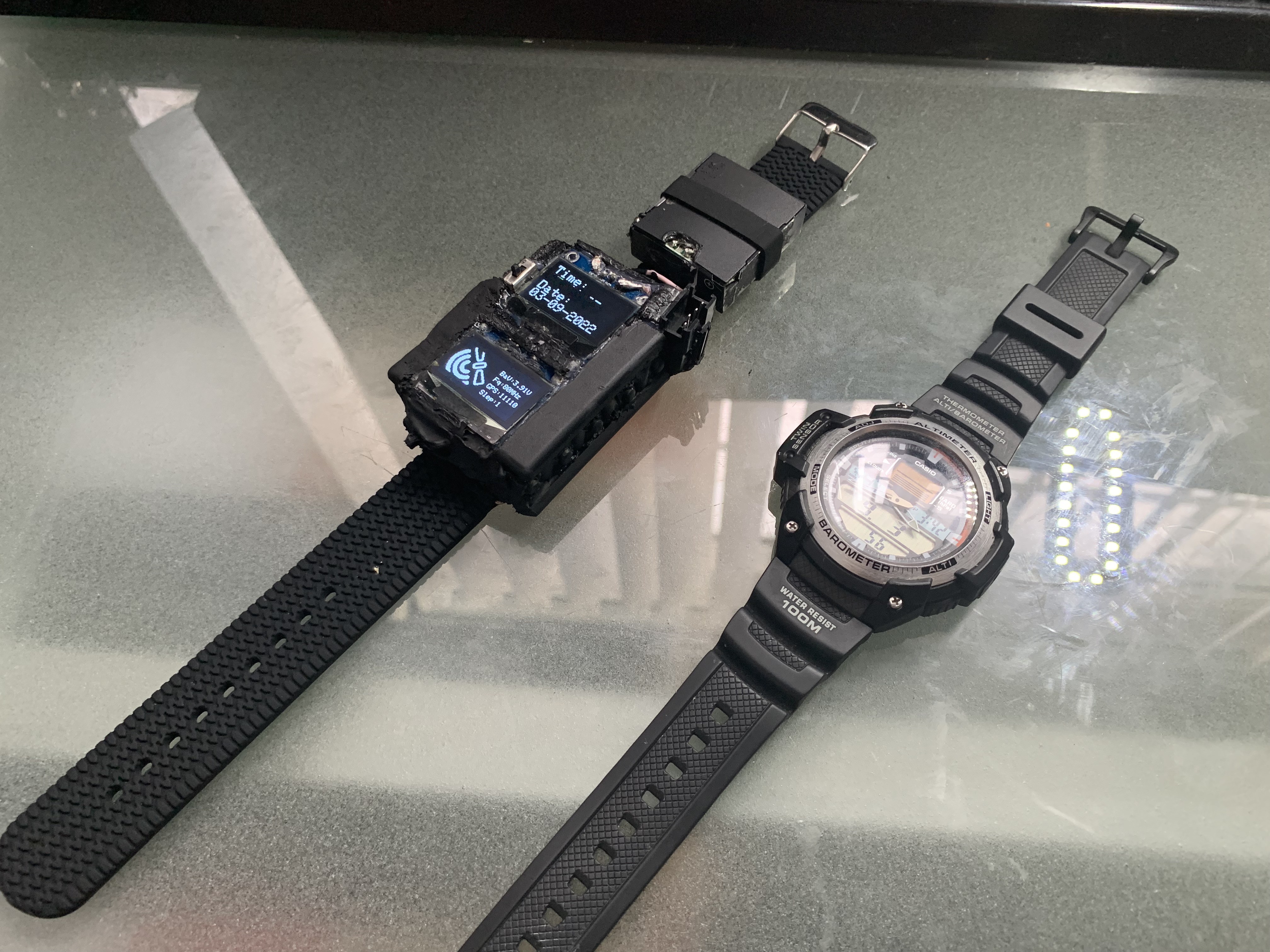
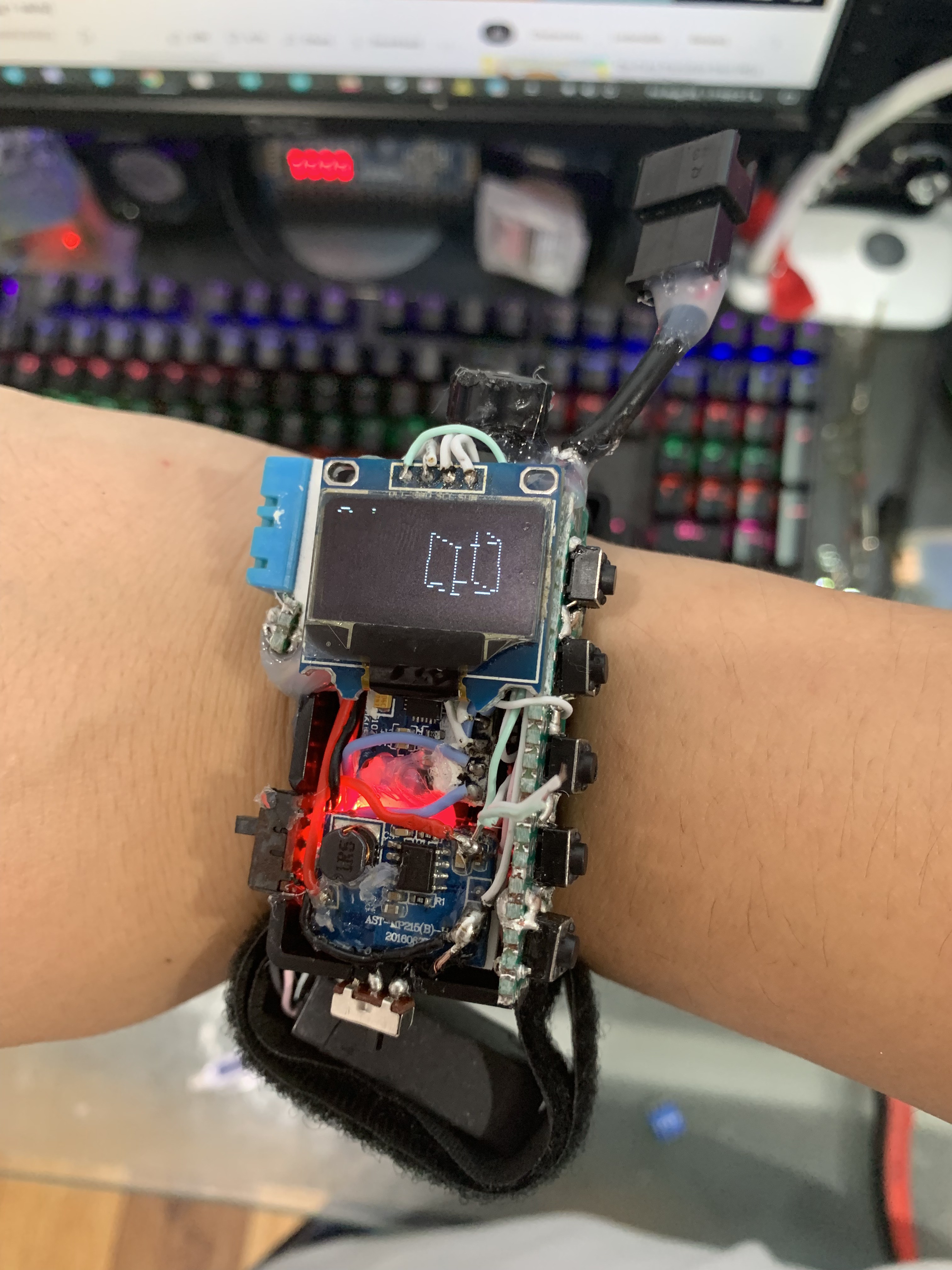
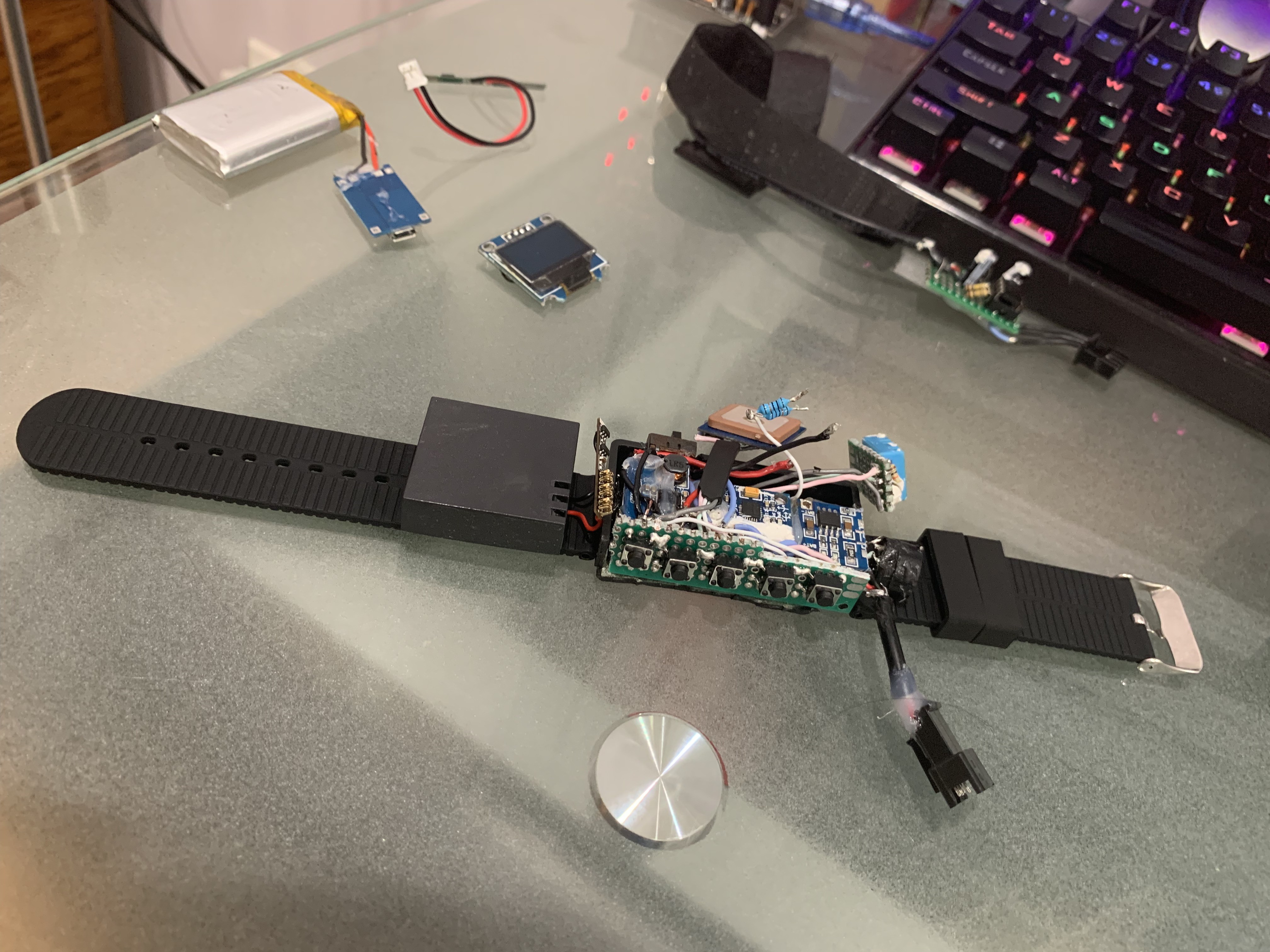
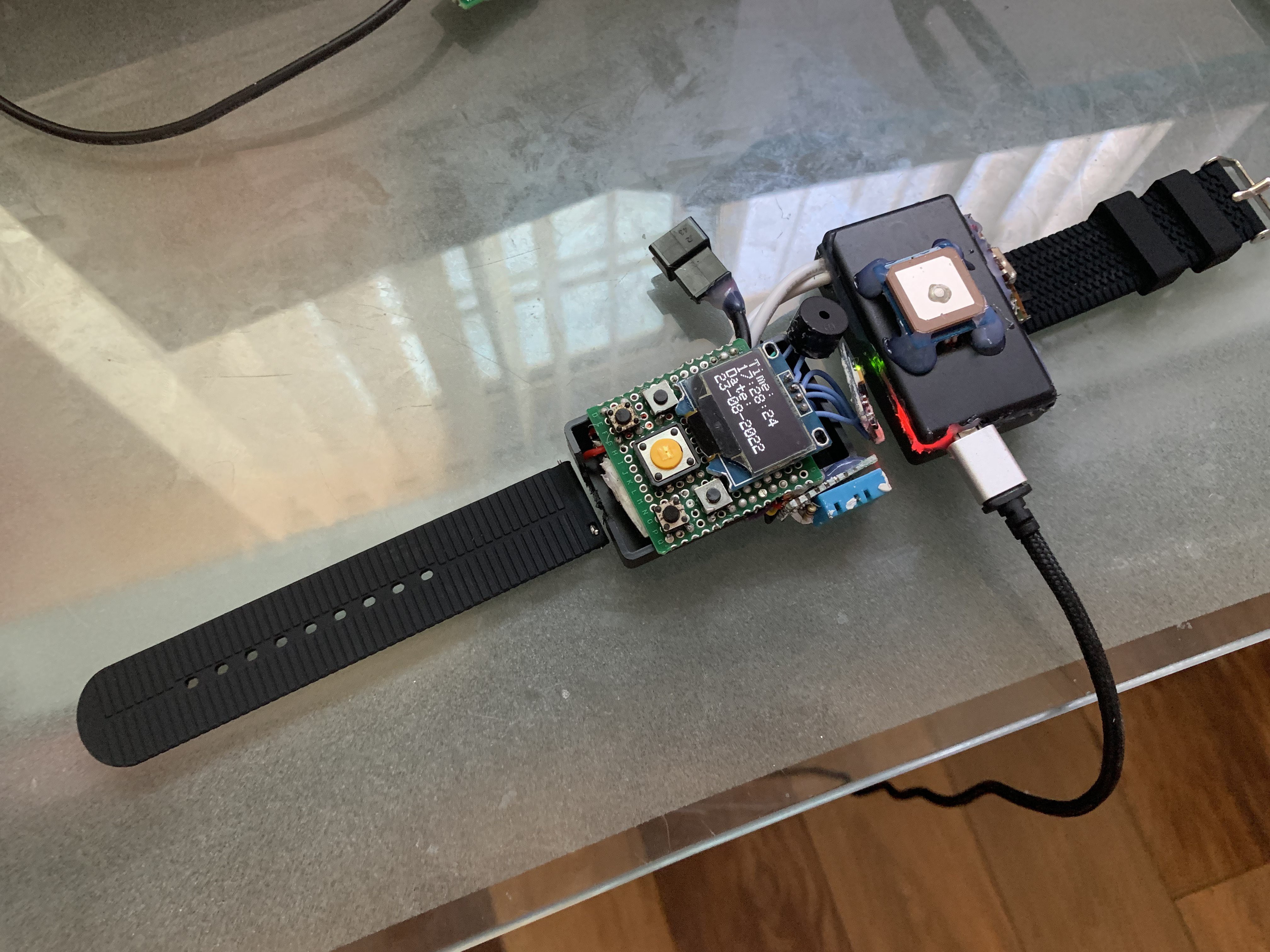

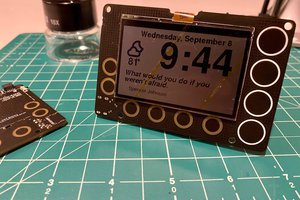
 Darian Johnson
Darian Johnson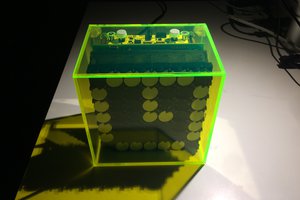
 makufelis-xyz
makufelis-xyz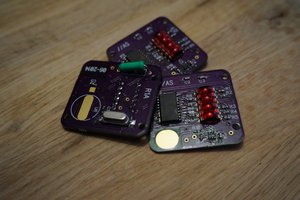
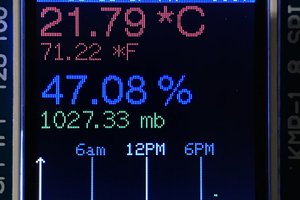
 Timo Birnschein
Timo Birnschein
So the first version used an Arduino Nano? Got any info on that one? Also, are you using the MPU6050 for pedometer tracking?